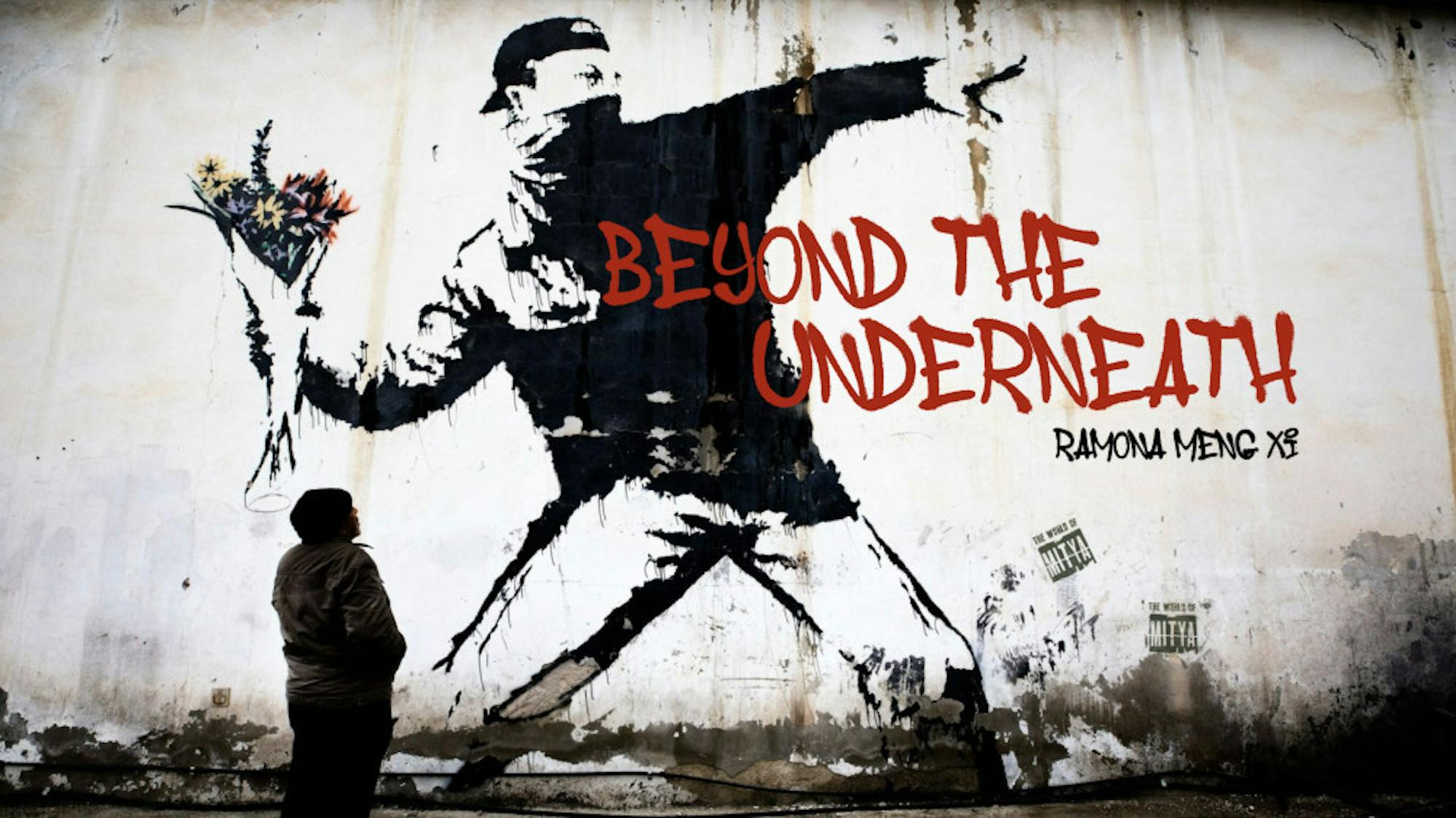I can't remember the exact time I got to know about the term"white cube," a style of contemporary gallery with a rectangular space, unadorned white walls and neutral lighting. “White cube” would automatically jump in my mind whenever I walked into a white cube gallery. There were plenty.
I personally love white. The color conveys a sense of terseness. It doesn't say much and leaves space for others to imagine and express. White walls seem like the perfect accompaniment of artworks: They don’t compete with the displayed art. But do the white wall and art resonate?
When you realizemost of the galleries in the art district you have walked into are white cubes, you start to taste the numbness. Complete whiteness was once more unique compared to, for example, the intricate style of the Isabella Stewart Gardner Museum,but now it dictates the contemporary gallery style. White suits all, but it also assimilates all. I asked myself what other styles could suit the nature of contemporary galleries, and in my mind the picture of white cubes was somehow carved. When the bulk of galleries conform and form an obsession with so-called "minimalism" and cleanliness, the flood of such uniformity inundates other possibilities and cripples the potential power of context.
Marie's Gallery is not in the city center. It's renovated from an old paint factory. The gallery is a typical "white cube" gallery. Like usual, it instantly ignited my excitement through its visual and aural tranquility in contrast to the city's clamor, calmed me with the singleness in simplicity but then cooled me down with endless monotony. You first appreciate the otherworldly atmosphere from the walls, and then the abundant white gradually becomes dazzling, draining your eyes, propelling you to look for something else.
A week ago, my friend saw a curator's post from Marie's Gallery asking for wall art enthusiasts.
Next to the gallery is a similar-sized cafe that's also a part of the renovated factory and is not yet open. What caught my attention was the "abstract art" on its white walls.
"They are just random paint marks on the old factory's wall,” the curator said. “We thought it was artsy and decided not to paint white over some parts of the old wall. After all, it was a paint factory, and we want to keep some history and memories."
Those peeks into the factory’s history juxtapose the smooth, freshly-painted white walls, luring you in to explore more about the stories of this interior. This space suddenly feels alive.
"I don't want the walls to be blank. Paint something!" the curator said to me.
I was thrilled. Not only did it mean my work would last longer compared to my previous ones on plastic construction walls, but I could also vivify a blank white wall. It's a fascinating project to create a stylistic contrast between the white cube and the cafe, which the curator wanted to be as colorful, organic and original as possible. Eventually, my art partner and I came up with a list of keywords: ocean, universe, sky, illusion, swirl and mushrooms.
The curator sprayed paint on the satin gray floor to glaze it with a starrier feel. We started to transform the wall into a swirl of ocean and universe.
Looking at the paint marks on the original walls made me recall what my previous art teacher said about white walls — you can spot as many colors as possible on a white wall, if you have the imagination. In reality, each white cube has its own stories and personality to be unveiled by our imagination.






